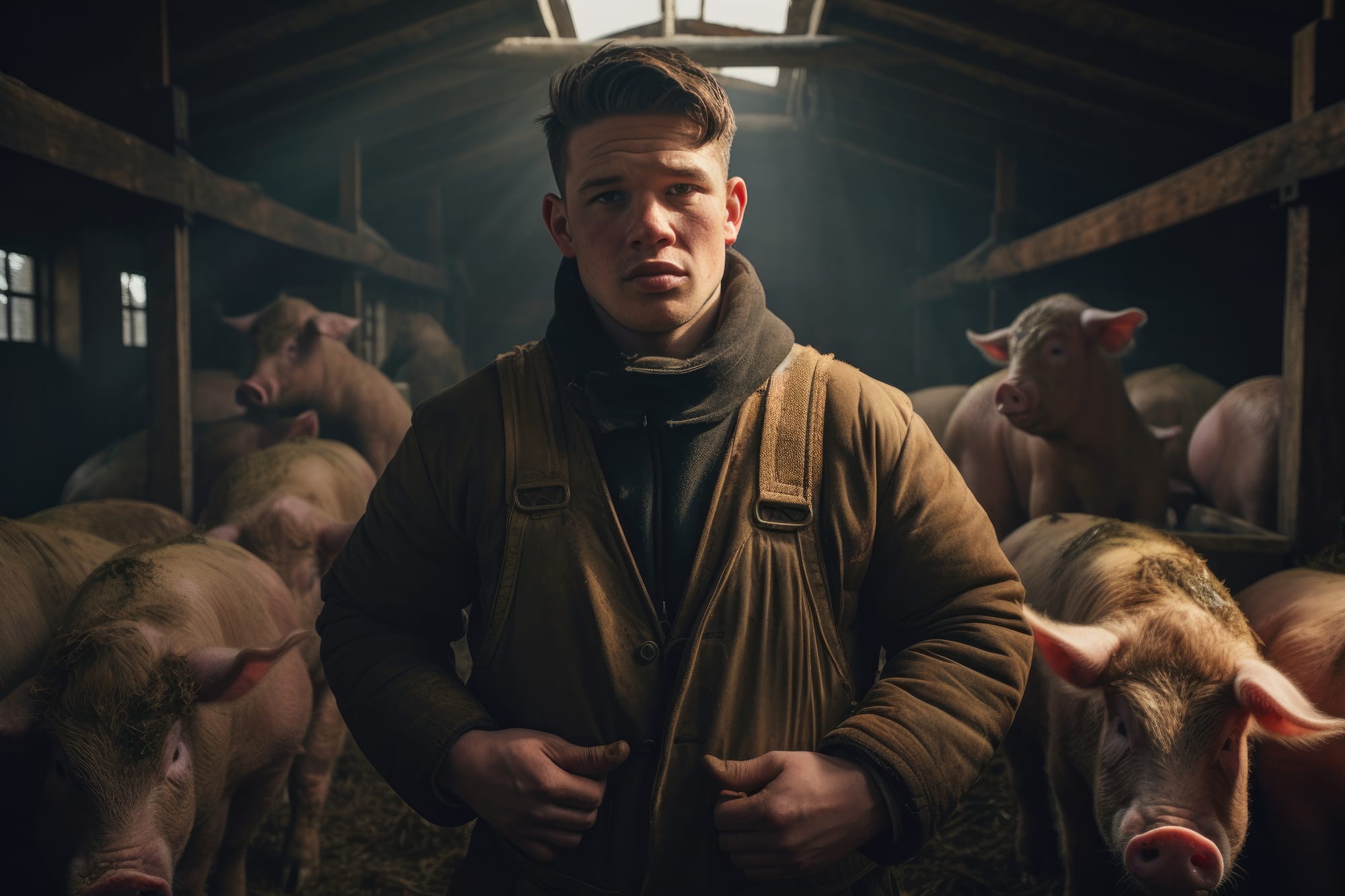Why do some gay men refer to themselves as Pigs?
Dr João Florêncio has done the research - the results are documented in Bareback Porn, Porous Masculinities, Queer Futures.

Dr João Florêncio has done the research - the results are documented in Bareback Porn, Porous Masculinities, Queer Futures.
